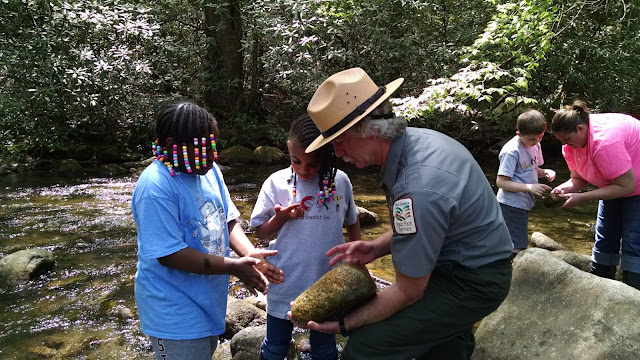We've made it to the end of our Gray Area investigations. Students have looked at acid rain, chlorine, sediments, phosphates, and oil as possible culprits in our mystery. Today we had an emergency board meeting to go over all the evidence and draw conclusions about the most likely reasons for the dying fish. Students justified their votes with evidence and found that the answer wasn't as cut and dry as they may have thought. As in real life, with so many elements at play, there is often a lot of "gray area" when it comes to making the best choices for us and our environment. We also looked at possible solutions to the problems we've discovered and pros and cons of those as well. I was proud of all of the students work, ideas, ability to think through different layers of the issues, and the connections they made to our overarching systems theme.
We also cleaned house and enjoyed some quality time together engaging in our most popular brain games from the year.
We finished by creating an ALERT Top 5 and using it to prepare for our year-in-review game. Students answered systems questions using Kahoot and their responses earned them positive or not-so-positive inputs to their forest and pond snack ecosystems. A little acid rain with that dirt dessert?!? :) What a wonderful year and what a wonderful group!























































